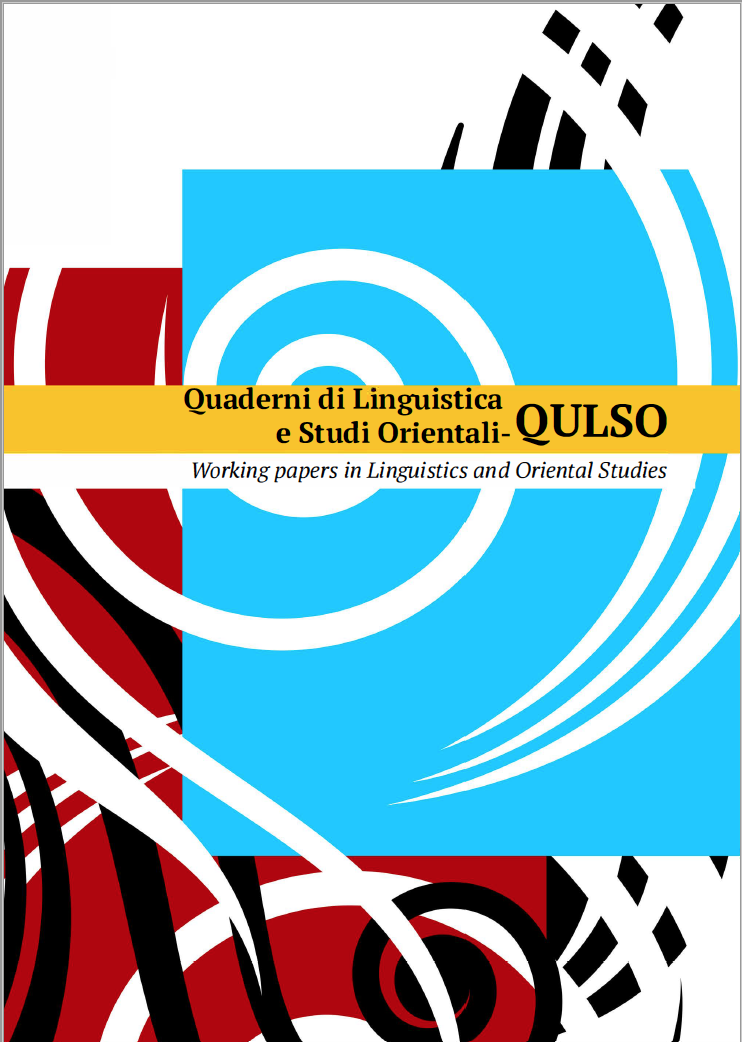Abstract
Romance Faire-Infinitive causatives have been thoroughly investigated in formal generative syntax (Kayne 1975; Burzio 1986; Baker 1988; Folli and Harley 2013, a.o.), conversely, they have scarcely been investigated in the domain of psycholinguistics. This study fills a gap in the acquisition literature since it provides experimental data concerning both the comprehension and the production of Faire-Infinitive causatives by three to six years-old L1 Italian-speaking children. The methodology used is a revised version of the Truth Value Judgement Task (Crain and Thornton 1998). Our data suggest that by age four Italian speaking children accurately comprehend and produce the structure under scrutiny although there is also later development. In the theoretical part of the paper some of the most influential proposals about the syntax of Romance causatives are discussed and a proposal about the status of the causee argument is developed. On the basis of crosslinguistic evidence it is argued that the a-causee is nothing but an oblique “quirky subject”, no different from the oblique subjects found in the ergative alignment of other Indo-European languages such as Kurmanji Kurdish.



